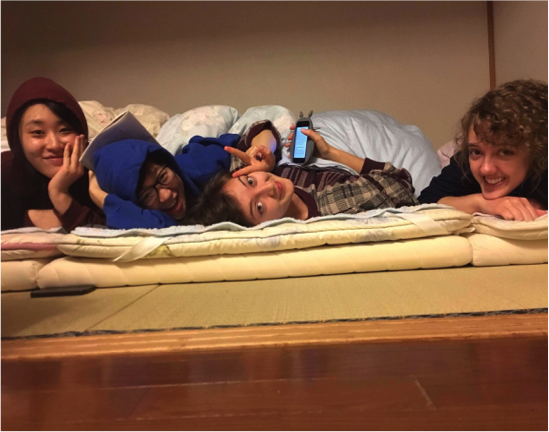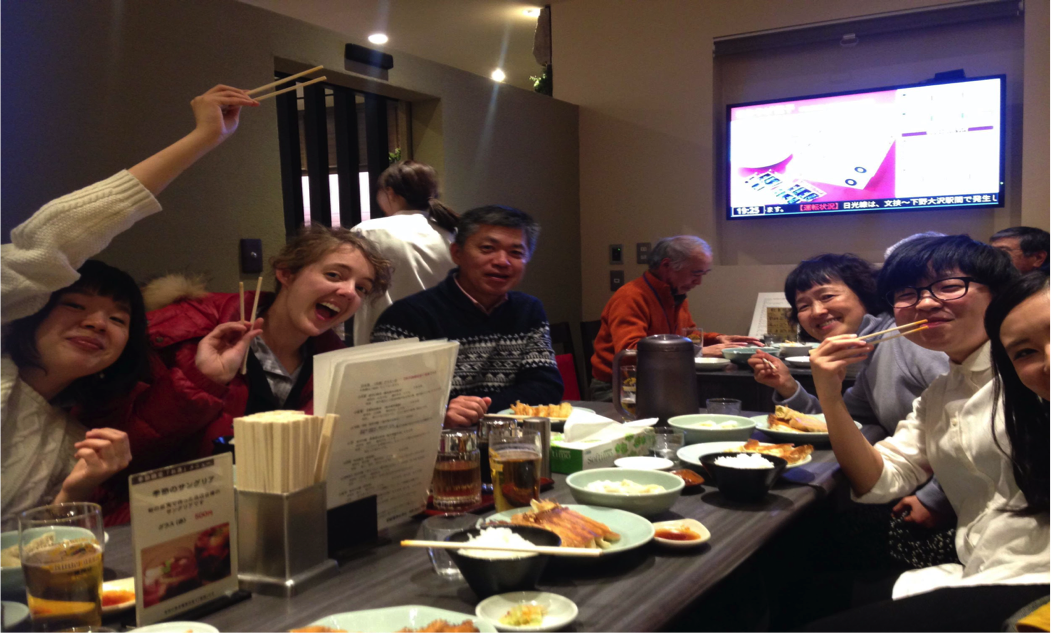
Greetings From Japan!
Hello, everyone! As promised in the last update, I will be taking a turn at the keyboard this time around. Over the past few months, we’ve naturally continued to spend a lot of time at work, and our kids were recently amazing us with their ability to master various English songs and dances (and, in the case of my kindergarten class, to learn to read and then memorize a 20 minute play) in preparation for our end-of-year presentation. I never knew children six and under were capable of doing so much in their first language, let alone their second. In our free time, we:
But I’ll give you a few more details on those events later. For now, I would like to dedicate the bulk of this post to some random differences between Japan and America--or, perhaps more accurately, between Miyazaki City and Central City. If anyone was curious about my state of mind after moving to a foreign country for the first time, here’s a bit of insight into it.
I flew into Miyazaki City at the end of July, and for the first few months my main thought was that daily life felt mostly the same. For the most part, it was only very small, mundane things that made me think twice. Like this automatic door.
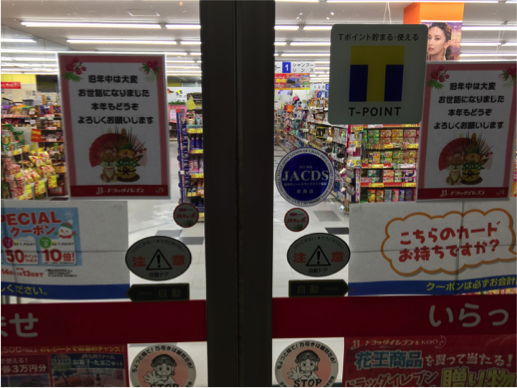
Unlike automatic doors in the U.S., automatic doors here seem to be much less sensitive. It took me a few tries of awkwardly stuttering to an abrupt stop in front of them before I got in the habit of walking less rapidly into stores.
I’ve wondered if the reason for this isn’t to improve on energy efficiency, and that leads into the biggest difference I’ve experienced in Japan: conservation.
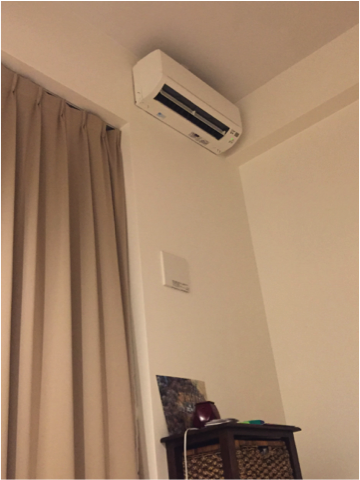
This is a picture of a Japanese air conditioner. While I’ve heard that with American habits this type of contraption is not as efficient as Central Air, Japanese habits turn the entire country into one of the world’s top energy-efficient nations. Our initial instructions from our employers (as well as subsequent experience in others’ homes) has taught us that Japanese people on average use their air systems for a total of maybe five or six hours a day and never through the night. This means we’ve spent many a morning this winter waking up to a house around 50 degrees. Luckily Miyazaki has a warm climate! However this means the summer can be a bit brutal. When we do use the heater or air conditioner, we try to follow the Miyazaki practice of setting it as close to the outdoor temperature as is bearable. We’ve both definitely felt more “one” with the environment this way!
With that out of the way, it’s time for the rapid-fire round.
Packages
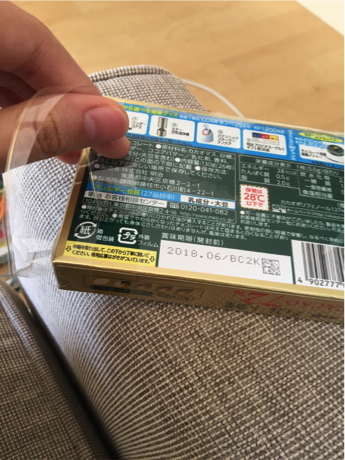
Overall in the U.S., there’s usually one way to open them--at the top or along some dotted line. In Japan you will usually peel from some small mark almost indiscernible to American eyes. Sometimes it’s in the middle of a candy bar. Sometimes it’s ¾ of the way down a package. This one took me a bit of finding.
Small Things

This is probably self-explanatory. From clothes to food sizes to appliances, things are definitely smaller here!
Shopping
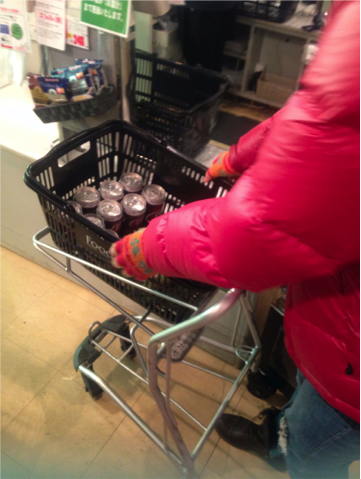
You put a basket on a cart and go from there. Yes, those are eight individual cans of Dr. Pepper. :)
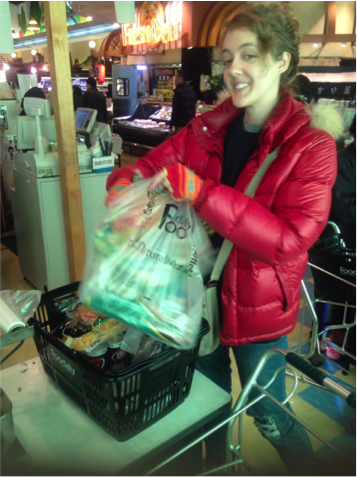
Bonus: It’s more normal to bag your own groceries here.
Moisture...and its Consequence
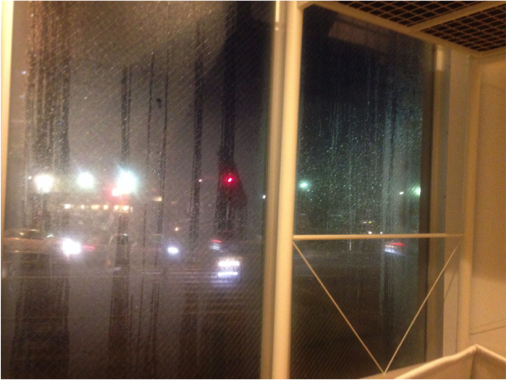

Needless to say we found a way to deal with these crises and are now more careful about what’s going on behind our curtains and under our rugs.
Christmas
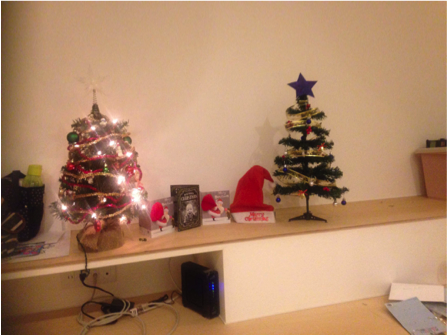
This was our Christmas corner. It’s easy to buy Christmas things here, but they’re on the smaller side. Actually, the tree with the lights was an addition we made after Sarah Armatys sent us a package for Christmas. Thank you, Sarah!
Microwaves
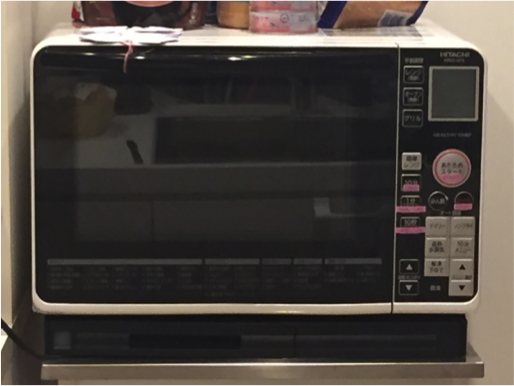
Is it a microwave? Is it an oven? Is it magic? It’s really a little bit of all three.
Driving
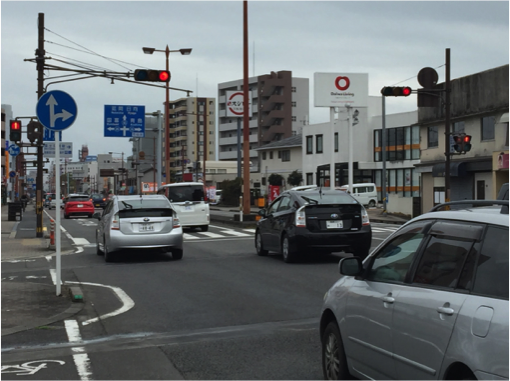
It’s the left side of the road, of course, and the streets and signs are very different here.
Parking
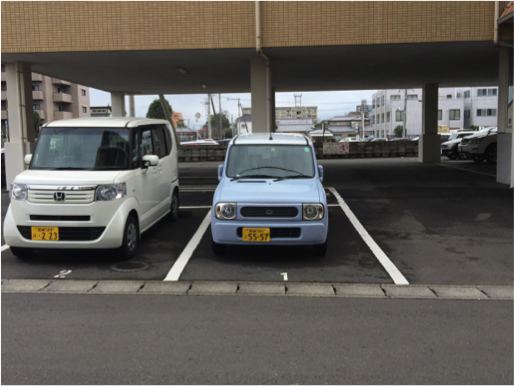
As you can see, it’s done (as we would say) “backwards.”
Money

Paying electronically via debit or credit card is not as common here. Instead, people use these “cash cards” to withdraw money from their bank accounts and pay in cash.
Sliding things
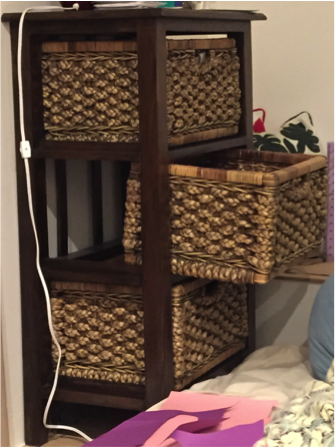
Shelves, cabinets, all kinds of doors--you name it!
And much, much more!
Daily life in any country is filled with so many small routines and routine objects that we take for granted, experiencing them in an almost automatic way. Japan is no different. I’m sure I will continue to experience new differences in my new environment, but as of right now I can say that I’ve grown accustomed to quite a few! Living as a foreigner in another country always requires an open mind and flexibility, though, as we understood during the developments of the last few months.
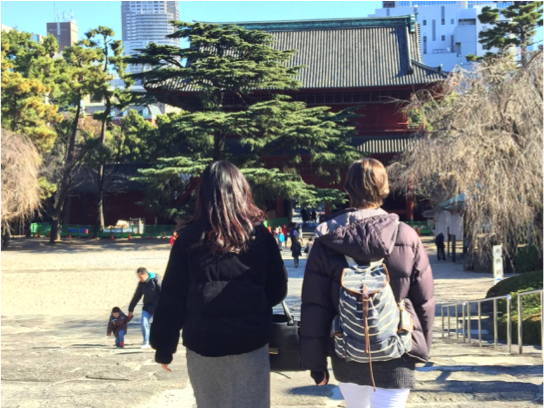
Goodbye, Anna. Hello, April!
As I mentioned before, Anna and April faced uncertainty over their jobs recently. When asked whether she would sign on for another year at the kindergarten, Anna decided to confirm that she would be leaving the position to pursue her interest area as well as a potential mission field--secondary/university education. She had looked for high school teaching jobs for English teachers in the area and found nothing. She broadened her search to nearby cities and found little more. Most high school positions for foreigners in Japan are filled, it seems, through out-of-country programs rather than through local hiring. University seemed a more remote possibility with her qualifications, but Anna set out to the two campuses in Miyazaki, resume and recommendation letters in hand, and spoke with staff at each. At one university, in particular, she received promising responses and was actually asked to teach a mock lesson there, which she did. The new school year doesn’t start until September, though, and even then, a position is uncertain as there technically isn’t one open. In the meantime, Anna has decided to accept a brief position at a university in Nagoya (a city that is usually between eight and nine hours from Miyazaki by bus). I say brief because the contract periods there are renewed every three or so months. Because of that, there is a possibility Anna’s stay in Nagoya will be short. It all depends on what job opportunities lie in Miyazaki City at that time.
Living and working in Japan was a joint endeavor on our parts over the past 12 months, so April continued to apply to various places, and we continued to help as much as we could from here. At the time, there were no positions open at my workplace, but April had applied nevertheless. Anna’s announcement prompted the processing of April’s application from months before, and April was officially hired in February. I can now say that April will be coming to Miyazaki sometime in April. Thank you for your thoughts and prayers over this! On that note, we thought of some new praises and prayer requests to share with you all.
Praises
Prayer Requests
Those who are members of the Things Hoped For Facebook group can visit that page for our more detailed prayer requests. Thank you again for all your thoughts and prayers, and I will follow this post with another in the near future. Until then, またね!
In Christ, Audra Faeh
